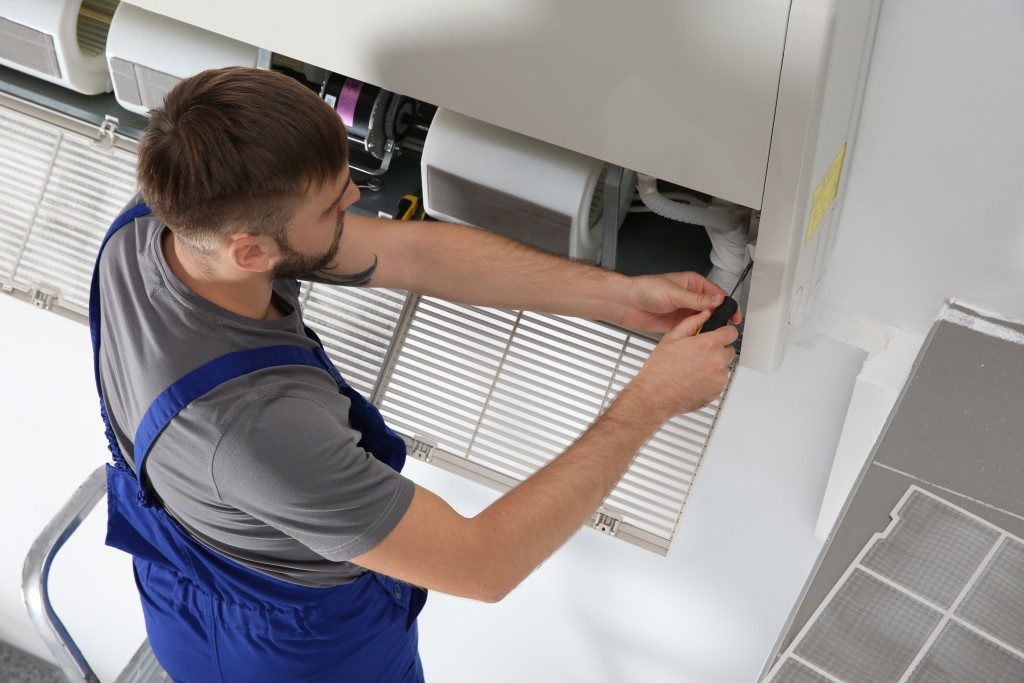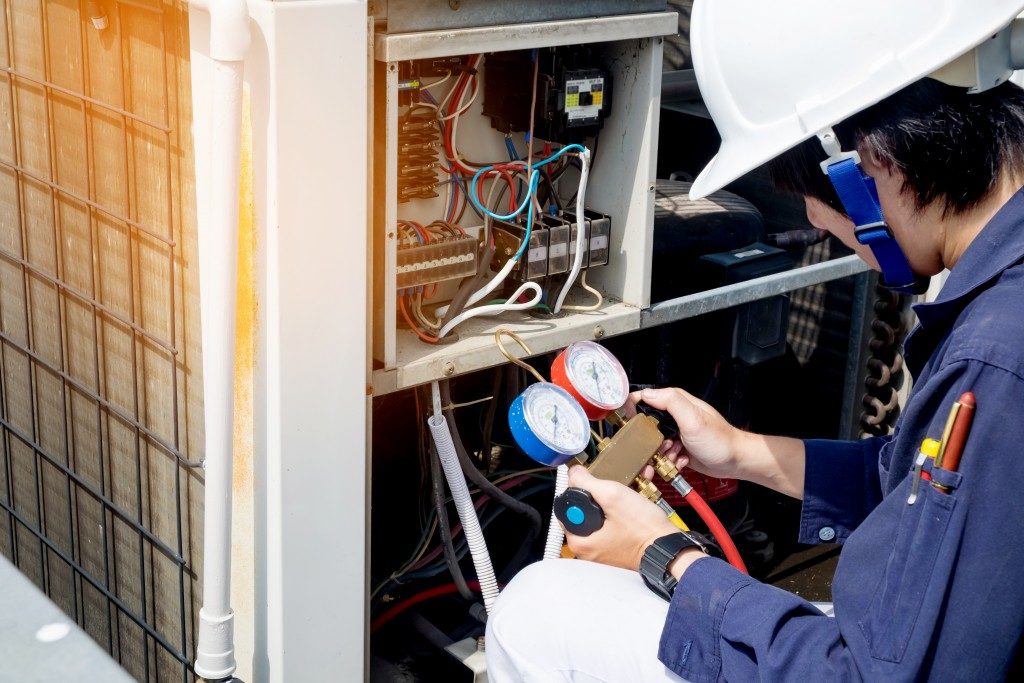The endeavor to save a few dollars by foregoing various elements is universal. One of the things most property owners try to circumvent is the professional installation of multiple appliances in their homes.
Relying on online DIY instructional videos, they aim to replicate a professional installation as much as possible and hence save the fees they’d pay an expert. While DIY installation might work for most appliances, it won’t for your HVAC unit.
Getting an air conditioning installation expert from Knoxville, TN, to handle your installation is essential for its energy-efficiency. There are several elements you might overlook with a DIY installation which will significantly increase your HVAC unit’s energy costs.
Here are some of these DIY installation mistakes.
Incorrect Load Calculation
Professionals use different calculation methods to determine the correct cooling requirements for your property. With the correct loading value, you can install the right HVAC size for your property.
More often than not, DIYers will guess the unit size they require. As such, they install an oversized system which increases their energy costs while wasting most of its output.
Poor Thermostat Placement
The thermostat location of your HVAC does not seem like it needs much consideration. For your thermostat to get the right temperature setting for your indoors, however, it should have a proper temperature reading.
Placing a thermostat in direct sunlight or close to a cold source contributes to wrong temperature readings. This, in turn, makes the HVAC system to work unnecessarily hence increasing its energy consumption.
Blocking Your Return Vent
People will usually ignore the ‘V’ in HVAC during their unit’s installation. As such, they will block the return air vents which allow indoor air to return to the unit or furnace for cooling or heating. The blocking of return vents is primarily because they are not very attractive.
The resultant restriction of your unit’s airflow makes it hard for your blower fan to pull air in. This fan will consequently use more energy to do this.
Poor Ductwork Installation
 Leaking ductwork is among the most significant contributors to HVAC energy wastage. This results from using the wrong ductwork material and fasteners which quickly detach leaving cracks and gaps in your ductwork. The wrong ductwork size, location, and design will also contribute to your system’s energy inefficiency.
Leaking ductwork is among the most significant contributors to HVAC energy wastage. This results from using the wrong ductwork material and fasteners which quickly detach leaving cracks and gaps in your ductwork. The wrong ductwork size, location, and design will also contribute to your system’s energy inefficiency.
Lack of Insulation
Uninsulated pipes, ducts, and HVAC outlets result in 20–30% energy loss for your system. To minimize these losses, an HVAC technician will insulate them using a range of material options.
The technician will recommend the material with the best R-value for your property depending on your weather conditions and existing insulation. Proper installation of your HVAC unit involves more than knocking down a few walls and getting conditioned air flowing throughout your property.
The mistakes discussed above will not only affect the unit’s energy efficiency but will also contribute to its premature breakdown. As such, it is prudent to steer clear of DIY HVAC installation and save money in costly repairs and high energy costs by hiring a professional.

